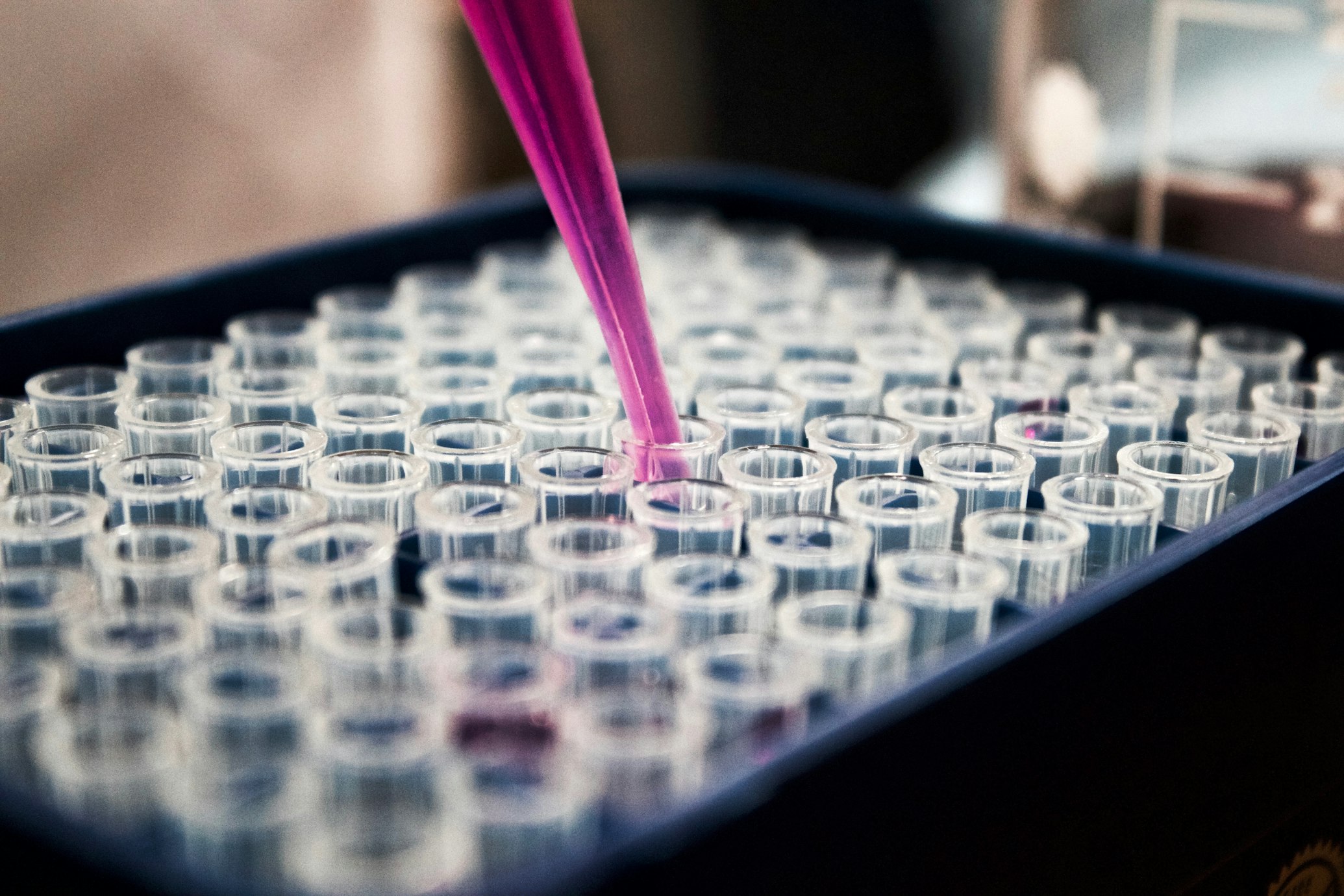The Green Chemistry Revolution
How Tiny Carbon Dots and Sunshine Are Reinventing Hydrogenation
Introduction: Nature's Blueprint for Sustainable Chemistry
Imagine a world where chemical reactions—essential for producing everything from life-saving drugs to eco-friendly materials—occur under gentle sunlight, powered by nanoparticles smaller than a virus. This isn't science fiction; it's the cutting edge of biocatalysis, where biology and nanotechnology converge to create ultra-efficient, sustainable industrial processes. At Delft University of Technology, scientists like Caroline E. Paul and Frank Hollmann are pioneering this revolution by reimagining one of chemistry's oldest challenges: hydrogenation, the addition of hydrogen to organic compounds .
"Biocatalysis is not intrinsically green—but designed intelligently, it can outperform all alternatives."

Traditional hydrogenation relies on precious metal catalysts (like palladium or platinum), high-pressure hydrogen gas, and energy-intensive conditions. By contrast, nature performs similar reactions using enzymes at ambient temperatures, often with perfect precision. The Delft team's breakthrough—using carbon nanodots and light to drive enzymatic hydrogenation—offers a radical new path toward greener chemistry 1 .
Key Concepts: Enzymes, Cofactors, and the Power of Light
Old Yellow Enzymes (OYEs)
Nature's hydrogenation experts that stereoselectively reduce carbon-carbon double bonds (C=C), converting substrates like unsaturated ketones into chiral products essential for pharmaceuticals and agrochemicals.
- Operate at room temperature
- Produce no toxic waste
- Depend on NADH cofactor 2
The NADH Problem
NADH is expensive and consumed stoichiometrically during reactions. Conventional regeneration methods use sacrificial chemicals which generate waste and increase costs.
Paul's team asked: Could light and nanomaterials replace these chemicals? 1
Photocatalytic Solution
Nitrogen-doped carbon nanodots (N-CDs) emerged as ideal photocatalysts:
- Absorb visible light
- Generate electrons
- Non-toxic and biodegradable 1
The Photocatalytic-Biocatalytic Cycle

Illustration of the light-driven NADH regeneration and enzymatic hydrogenation cycle 1
The Breakthrough Experiment: Light-Driven Hydrogenation
Methodology: A Step-by-Step Solar-Powered System
The Delft team's landmark experiment followed this workflow 1 :
Synthesize N-CDs
Carbon nanodots were prepared from citric acid and ethylenediamine, creating 4-nm particles rich in nitrogen-containing surface groups.
Assemble the Photocatalyst
N-CDs were combined with an organometallic electron mediator (M, e.g., a rhodium complex) to shuttle electrons from N-CDs to NAD⁺.
Regenerate NADH
Under visible light, N-CDs excited electrons reduced M, which then selectively reduced NAD⁺ to enzymatically active 1,4-NADH (confirmed by spectroscopy).
Drive Enzymatic Reduction
Regenerated NADH powered OYE-catalyzed reduction of substrates like 2-methylcyclopent-2-enone into chiral products.
| Component | Role | Efficiency Advantage |
|---|---|---|
| N-doped carbon nanodots | Light absorber, electron generator | Visible light utilization, low toxicity |
| Organometallic mediator (M) | Electron shuttle to NAD⁺ | High regioselectivity for 1,4-NADH |
| Old Yellow Enzyme (OYE) | Stereoselective C=C bond reduction | 99% chiral purity, ambient conditions |
| NAD⁺ | Cofactor precursor | Recycled in situ, no waste |
| Substrate | Product | Yield (%) | Enantiomeric Excess (% ee) |
|---|---|---|---|
| 2-Methylcyclopent-2-enone | (R)-2-methylcyclopentanone | 99 | >99 |
| Carvone | Dihydrocarvone | 95 | 98 |
| N-Ethylmaleimide | (R)-N-ethylsuccinimide | 92 | 96 |
Results and Analysis: Efficiency Meets Precision
The system achieved remarkable outcomes:
- >95% NADH regeneration yield using light energy
- 99% yield for chiral hydrogenation products
- Broad substrate scope, including pharmaceutically relevant molecules 1
The Scientist's Toolkit: Reagents Driving the Revolution
| Reagent | Function | Innovation |
|---|---|---|
| N-doped carbon nanodots | Converts light to electrical energy | Sustainable alternative to metal catalysts |
| Rhodium-based mediators | Transfers electrons from N-CDs to NAD⁺ | Enables regioselective NADH formation |
| Engineered OYEs | Stereoselective C=C bond reduction | Broad substrate tolerance (ketones, alkenes) |
| NAD⁺ analogues (mNAD⁺) | Tailored cofactors for specific enzymes | Improved catalytic efficiency and stability |
| Continuous-flow reactor | Scalable reaction setup | Integrates light, nanoparticles, and enzymes |
Beyond the Lab: Implications and Future Frontiers
Potential Impacts of Photobiocatalysis
Sustainable Pharmaceutical Production
Reducing reliance on rare metals and high-energy processes for drugs like chiral intermediates
Waste-to-Value Systems
Using wastewater-derived carbon dots to drive reactions 1
Artificial Photosynthesis
Solar-driven factories where chemicals are synthesized using only light, air, and water 1
"The synergy between photocatalysis and biocatalysis opens paths to reactions we once deemed impossible."
As Caroline Paul notes, this technology promises a future where chemistry aligns with Earth's ecological boundaries. With carbon nanodots costing pennies to produce and sunlight abundant, we stand at the threshold of a true green chemistry revolution.
